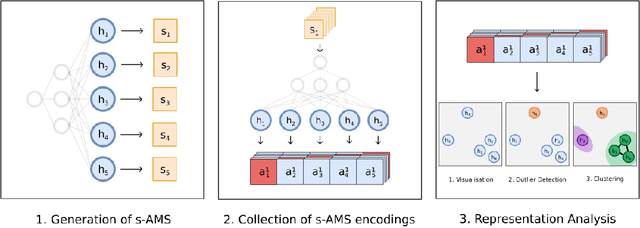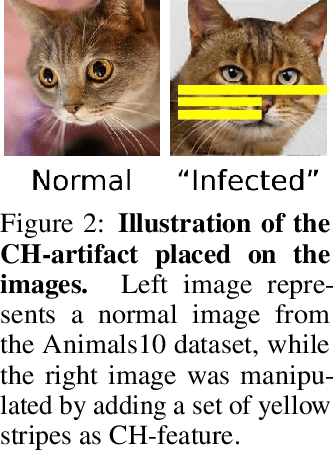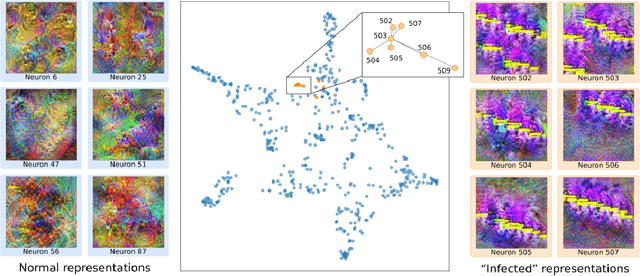Mayukh Deb
AtMan: Understanding Transformer Predictions Through Memory Efficient Attention Manipulation
Jan 23, 2023Abstract:Generative transformer models have become increasingly complex, with large numbers of parameters and the ability to process multiple input modalities. Current methods for explaining their predictions are resource-intensive. Most crucially, they require prohibitively large amounts of extra memory, since they rely on backpropagation which allocates almost twice as much GPU memory as the forward pass. This makes it difficult, if not impossible, to use them in production. We present AtMan that provides explanations of generative transformer models at almost no extra cost. Specifically, AtMan is a modality-agnostic perturbation method that manipulates the attention mechanisms of transformers to produce relevance maps for the input with respect to the output prediction. Instead of using backpropagation, AtMan applies a parallelizable token-based search method based on cosine similarity neighborhood in the embedding space. Our exhaustive experiments on text and image-text benchmarks demonstrate that AtMan outperforms current state-of-the-art gradient-based methods on several metrics while being computationally efficient. As such, AtMan is suitable for use in large model inference deployments.
DORA: Exploring outlier representations in Deep Neural Networks
Jun 09, 2022



Abstract:Deep Neural Networks (DNNs) draw their power from the representations they learn. In recent years, however, researchers have found that DNNs, while being incredibly effective in learning complex abstractions, also tend to be infected with artifacts, such as biases, Clever Hanses (CH), or Backdoors, due to spurious correlations inherent in the training data. So far, existing methods for uncovering such artifactual and malicious behavior in trained models focus on finding artifacts in the input data, which requires both availabilities of a data set and human intervention. In this paper, we introduce DORA (Data-agnOstic Representation Analysis): the first automatic data-agnostic method for the detection of potentially infected representations in Deep Neural Networks. We further show that contaminated representations found by DORA can be used to detect infected samples in any given dataset. We qualitatively and quantitatively evaluate the performance of our proposed method in both, controlled toy scenarios, and in real-world settings, where we demonstrate the benefit of DORA in safety-critical applications.
 Add to Chrome
Add to Chrome Add to Firefox
Add to Firefox Add to Edge
Add to Edge